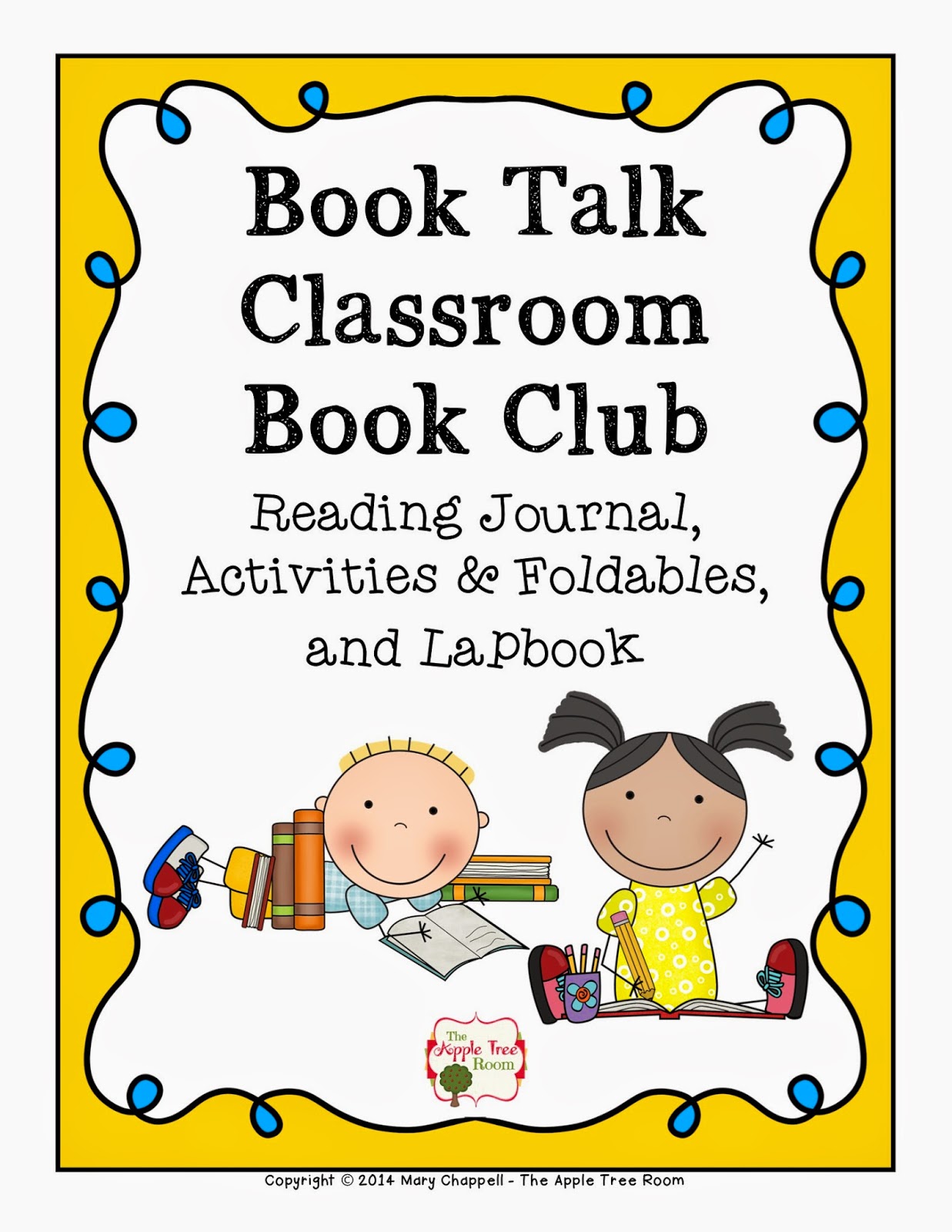At the same time, I recognized that my students' oral and written responses to their reading were somewhat superficial, not going beyond the "what" and "where" and into the higher level critical thinking skills.
I also found that my students were growing bored with leveled reading books. (And so was I). They loved listening to great books, but I wanted to get them reading quality children's literature that would capture their attention and tempt them with the promise that reading holds. I was particularly inspired by The Book Whisperer: Awakening the Inner Reader in Every Child by Donalyn Miller, but I didn't know how to apply her ideas to an early childhood classroom.
As the year progressed, I played around with the idea of book clubs and with letting my students select their own books to read. Eventually, I came up with some ideas that soon developed more fully into "Book Talk."
As the year progressed, I played around with the idea of book clubs and with letting my students select their own books to read. Eventually, I came up with some ideas that soon developed more fully into "Book Talk."
- Let me students choose their own books.
- Tie in related activities to build comprehension by focusing on story elements.
- Enrich my students' responses to literature by helping them to become more aware of what they are thinking about as they are reading.
As the students finished their books, journals, and activities, they made foldable pockets to hold the activity pages. They each glued their pockets and flap foldables onto a lapbook I made out of 2 file folders. The final lapbook projects were outstanding and inspired me to expand the program. I wanted my whole class to experience book talks!
I chose Evangeline Mudd and the Golden-Haired Apes of the Ikkinasti Jungle by David Elliot - a great tie-in to our rainforest unit. The whole group read-aloud format was much more guided. We discussed the questions and answers, and I modeled how to answer the questions. Students either copied my answers or write their own into their reading journals. We created a large presentation board (using a science fair board) to hold our activity sheets and projects. Instead of using the small foldable patterns I had made for the small group, I made foldable pockets and flaps out of brightly colored file folders.
I had such great success with book clubs that I decided to refine it. The result is "Book Talk Classroom Book Club." It consists of a reading journal, foldable activities, and resources to create a lapbook for final presentation, along with detailed directions of what to do.
The related activities further engage the students and reinforce comprehension skills.

The journal can be used to guide discussions about the books students are reading. Students either work individually or in groups to answer the questions.
The related activities further engage the students and reinforce comprehension skills.
Students put their work into foldable pockets or flaps. Once they have completed all the activities and foldables, they assemble the lapbook.
I found that my students were having difficulty articulating what they were thinking about as they were reading. Knowing the importance of metacognition in reading comprehension, I wanted to work on that skill. I developed a set of "What Are You Thinking About?" posters with prompts such as "I wonder..." or "I was nervous when..." There were a tremendous help in getting students to talk about what they were thinking as they were reading. Soon my students' "book talks" were the kind of rich discussions I had hoped for.
My plan for next year is to start the book club much earlier with the whole group. I'll use the individual format with a couple of students that I know are going to need advanced work.
Book Talk Classroom Book Club is available in Teachers Pay Teachers store for $5. Check it out!












Very nice article, thanks for more information.
ReplyDeletekalyana mandapam in chennai